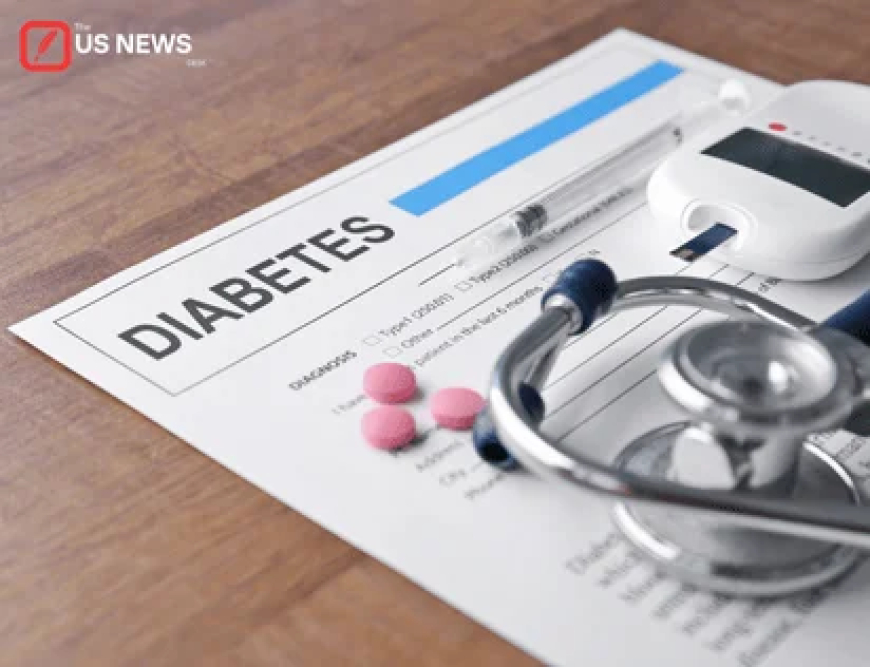Breath Sensor Breakthrough: Detecting Diabetes Through Acetone Could Transform Rural U.S. Healthcare
A Penn State prototype breath sensor detects diabetes via acetone, offering affordable, non-invasive testing for rural U.S. communities with limited healthcare access.

PITTSBURGH, Pa. — A new handheld breath sensor developed by researchers at Penn State University may soon revolutionize diabetes detection and monitoring, particularly in rural parts of the United States where access to diagnostic labs is scarce. The device, which identifies elevated levels of acetone in exhaled breath, offers a non-invasive, affordable alternative to traditional blood glucose testing.
Why Breath Testing Matters for Diabetes
Diabetes remains one of the most pressing public health challenges in the U.S., with more than 38 million Americans living with the condition. Rural regions—particularly in the Midwest and Appalachia—face disproportionately higher burdens due to limited access to endocrinologists and diagnostic infrastructure.
Traditional monitoring methods rely on finger-prick blood tests or continuous glucose monitors, both of which can be costly and uncomfortable for patients. The breath sensor’s promise lies in its simplicity, affordability, and portability, making it a game-changer for underserved communities.
“Breath carries biomarkers that tell us far more than most people realize,” said Dr. Elena Marshall, a biomedical engineer at Penn State. “In diabetes, acetone levels rise in correlation with blood glucose fluctuations. Capturing that data through a handheld device means patients can track their condition without needles or labs.”
Inside the Technology
The prototype uses a nanostructured metal oxide sensor that reacts with acetone molecules in exhaled air. When acetone concentrations rise, the sensor generates an electrical signal, which is then processed through a smartphone app for instant feedback.
Early trials conducted at Penn State and community clinics in rural Illinois showed promising results. The device consistently identified high acetone levels in patients with poorly controlled Type 2 diabetes, aligning closely with blood glucose readings.
Unlike traditional glucose meters that cost $70–100 upfront plus recurring test strips, the breath sensor is expected to retail at under $40, with no consumables required—an affordability factor that could expand adoption in low-income areas.
Patient Voices: A Rural Perspective
For residents of underserved regions, this breakthrough feels personal. At a clinic in Decatur, Illinois, 54-year-old patient Michael Turner shared his experience during a Penn State demonstration.
“I’ve lived with Type 2 diabetes for 12 years, and testing is the worst part,” Turner said. “Some months, I skip checks because I can’t afford the strips. With this breath thing, I just breathe, and it gives me a reading. It feels like a weight lifted.”
Nurses in the clinic echoed the sentiment. They emphasized how the sensor could reduce missed appointments and empower patients to self-monitor in between rare doctor visits.
Cost-Benefit Analysis: Healthcare at Scale
Beyond individual convenience, the device could lower systemic costs. A Penn State study estimates that preventable diabetes complications cost the U.S. over $240 billion annually. If rural patients gain earlier detection and better self-management through breath sensors, healthcare systems could save billions in hospitalizations, amputations, and advanced treatments.
Insurance experts suggest that Medicaid and Medicare may eventually subsidize the devices, especially given their low cost and strong alignment with preventive care initiatives.
Broader Implications and Next Steps
While the breath sensor is not yet FDA-approved, Penn State researchers are working with federal regulators to fast-track clinical trials. The university has partnered with rural health networks across Pennsylvania, Illinois, and Iowa for broader pilot testing.
If successful, this technology could expand beyond diabetes. Scientists believe breath analysis could one day screen for kidney disease, cancer, and even infectious illnesses, further decentralizing healthcare diagnostics.
Conclusion: A Step Toward Health Equity
The diabetes breath sensor highlights how affordable innovation can bridge healthcare gaps in rural America. By transforming something as simple as a breath into actionable data, Penn State’s prototype underscores a future where geography no longer dictates healthcare access.
For millions of Americans managing diabetes, this could mark the beginning of a less painful, more affordable path forward.
What's Your Reaction?
 Like
0
Like
0
 Dislike
0
Dislike
0
 Love
0
Love
0
 Funny
0
Funny
0
 Angry
0
Angry
0
 Sad
0
Sad
0
 Wow
0
Wow
0




































